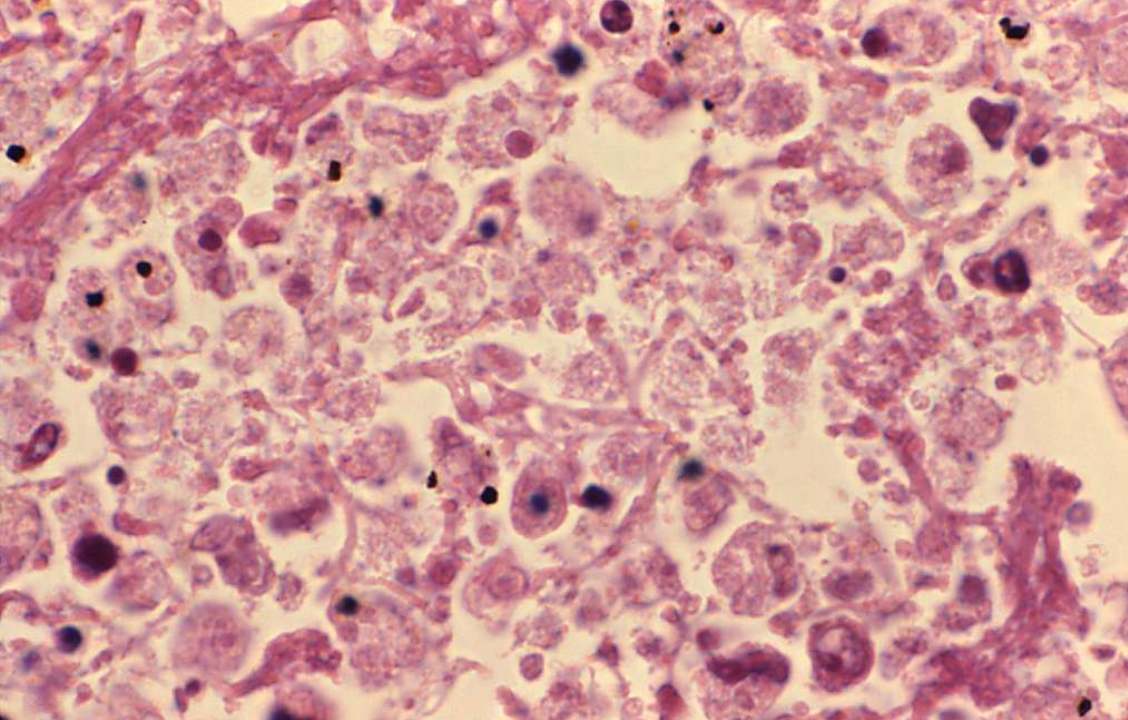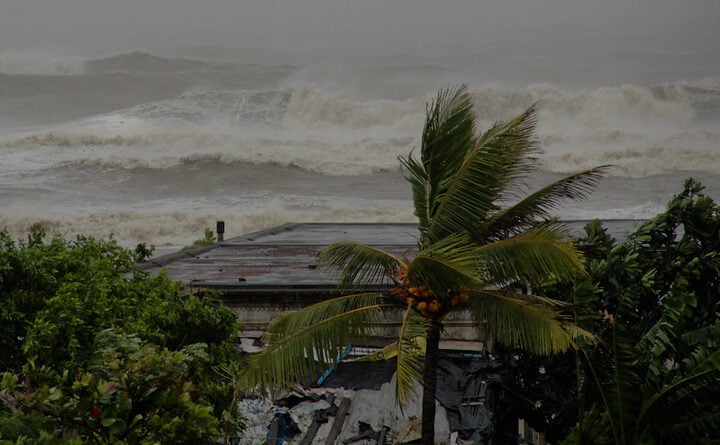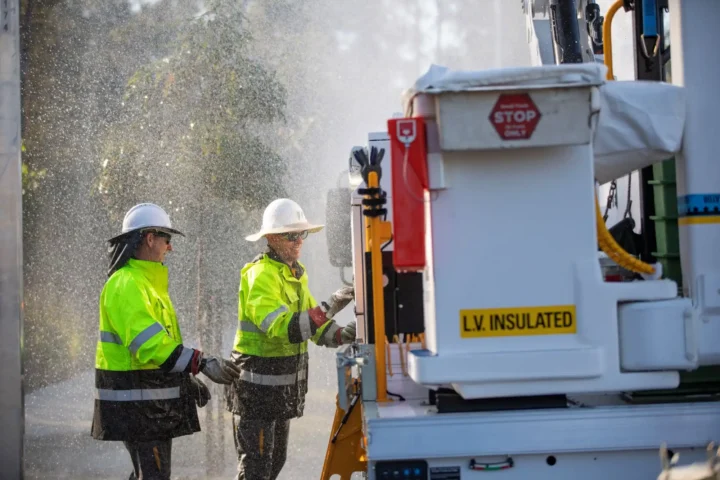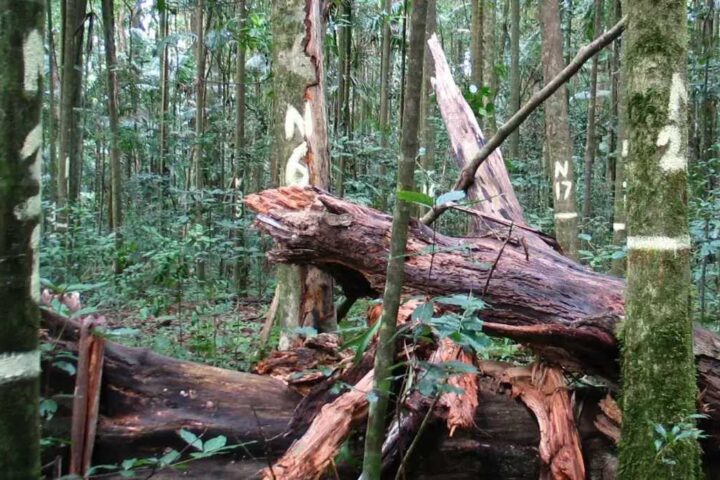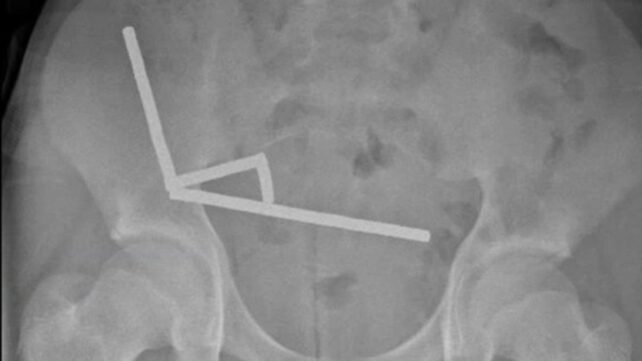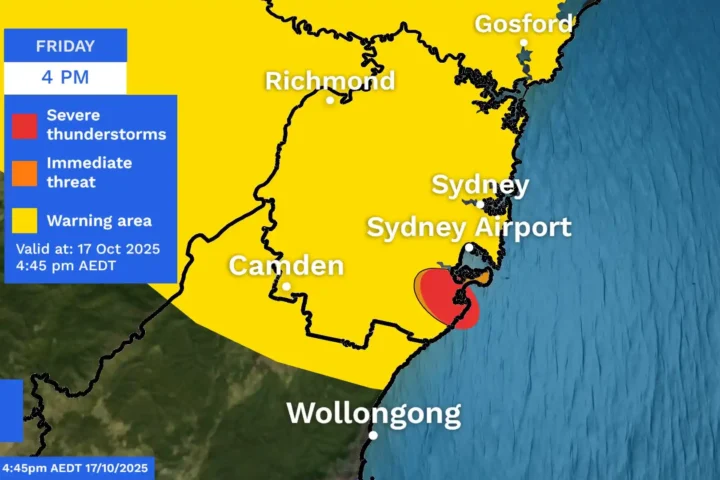A fresh outbreak of Legionnaires’ disease has hit Sydney‘s Potts Point area, with three residents now hospitalized. This follows an earlier outbreak in Sydney’s CBD this year that infected 12 people and claimed one life. Health officials are racing to identify the source, with cooling towers atop large buildings the prime suspects.
What is Legionnaires’ disease?
Legionnaires’ disease is a severe form of pneumonia caused by Legionella bacteria. Despite its serious nature, it’s not contagious between people. The disease gets its name from the first recognized outbreak at an American Legion convention in Philadelphia in 1976, where 29 people died.
People catch this disease by breathing in tiny water droplets or mist containing the bacteria. The most common sources are contaminated cooling towers, hot tubs, decorative fountains, and plumbing systems in large buildings. In Australia, two main types cause infections: Legionella pneumophila (found in water systems) and Legionella longbeachae (found in soil and potting mix).
“People can be exposed to the bacteria if contaminated water particles from a cooling system are emitted into the air and breathed in,” explained Dr. Vicky Sheppeard from South East Sydney Local Health District.
Symptoms and treatment
Symptoms typically appear 2-10 days after exposure and start with fever, chills, headache and muscle aches. The disease then progresses to more serious symptoms including:
- High fever (often over 104°F/40°C)
- Cough (sometimes with mucus or blood)
- Shortness of breath
- Chest pain
- Occasionally, nausea, vomiting, and confusion
While serious, Legionnaires’ disease can be effectively treated with antibiotics if caught early. Most patients require hospitalization, and about half need intensive care. Without treatment, the disease can lead to life-threatening complications including respiratory failure, kidney failure, and septic shock.
Who’s at risk?
Not everyone exposed to Legionella bacteria gets sick. Those at higher risk include:
- People over 50 years old
- Current or former smokers
- Those with weakened immune systems
- People with chronic lung conditions, diabetes, kidney disease or cancer
Similar Posts
The Potts Point outbreak
NSW Health has confirmed three people from Potts Point, aged between their 40s and 70s, have contracted Legionnaires’ disease. The patients don’t know each other, suggesting they were exposed to a common environmental source.
Health authorities are investigating cooling towers within 500 meters of the residents’ homes. Building owners have been reminded of their legal obligations under the NSW Public Health Regulation 2022, which mandates regular maintenance and testing of cooling systems.
Anyone who visited Potts Point between June 8-18, 2025, should monitor for symptoms and seek medical attention if they develop.
Australia’s Legionnaires’ landscape
Legionnaires’ disease accounts for an estimated 5-15% of community-acquired pneumonias in Australia. The country sees regular outbreaks, typically linked to contaminated cooling towers and occasionally soil or potting mix.

All Australian states have regulations requiring registration and maintenance of cooling towers. In NSW, monthly testing for Legionella became mandatory in 2018, with any results exceeding 1,000 CFU/mL requiring immediate reporting to NSW Health.
With proper maintenance of water systems and prompt medical treatment when symptoms appear, the risks from this serious but preventable disease can be significantly reduced.
